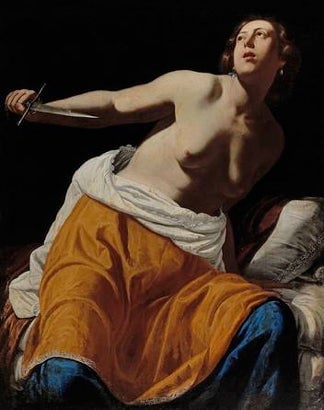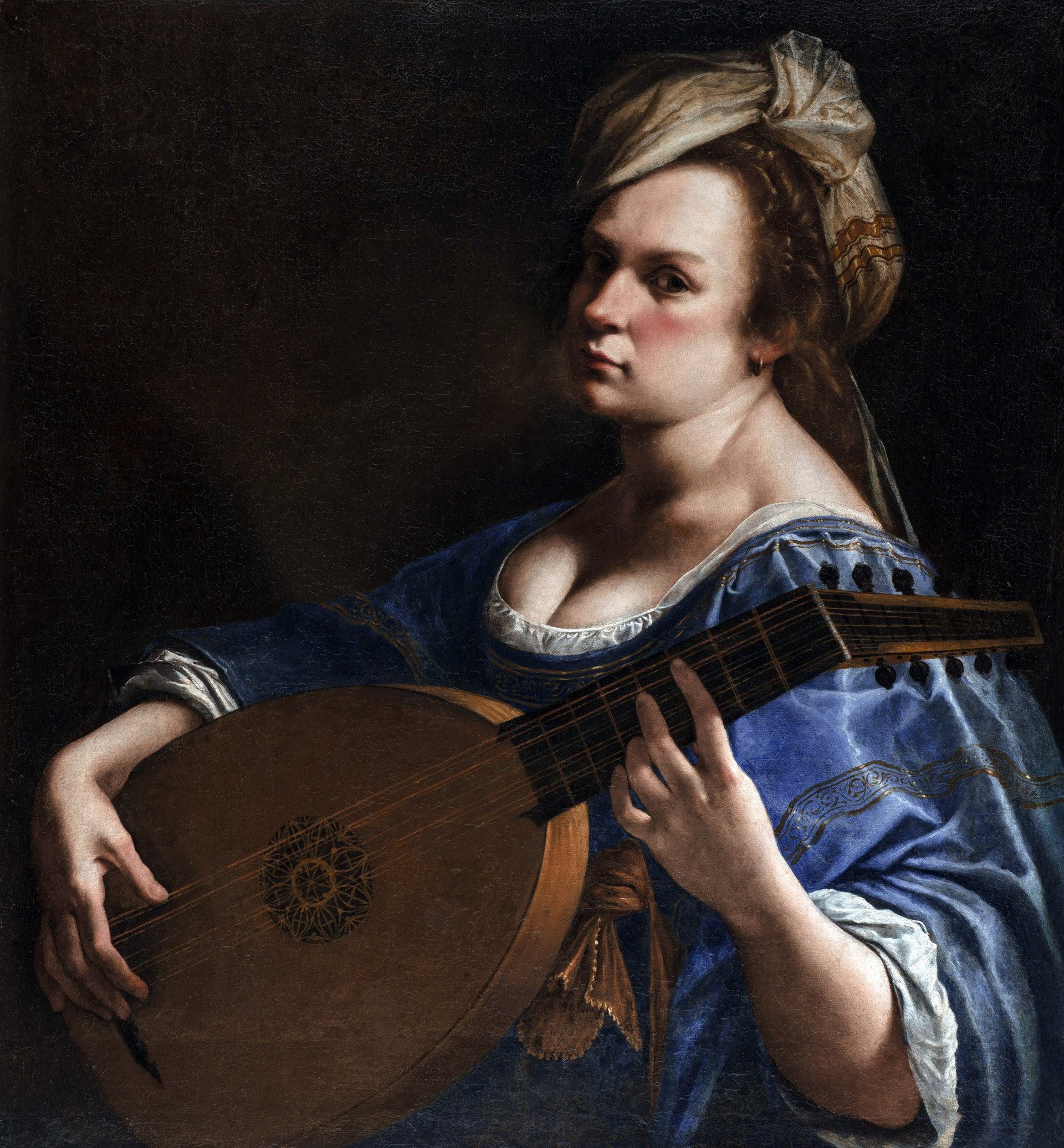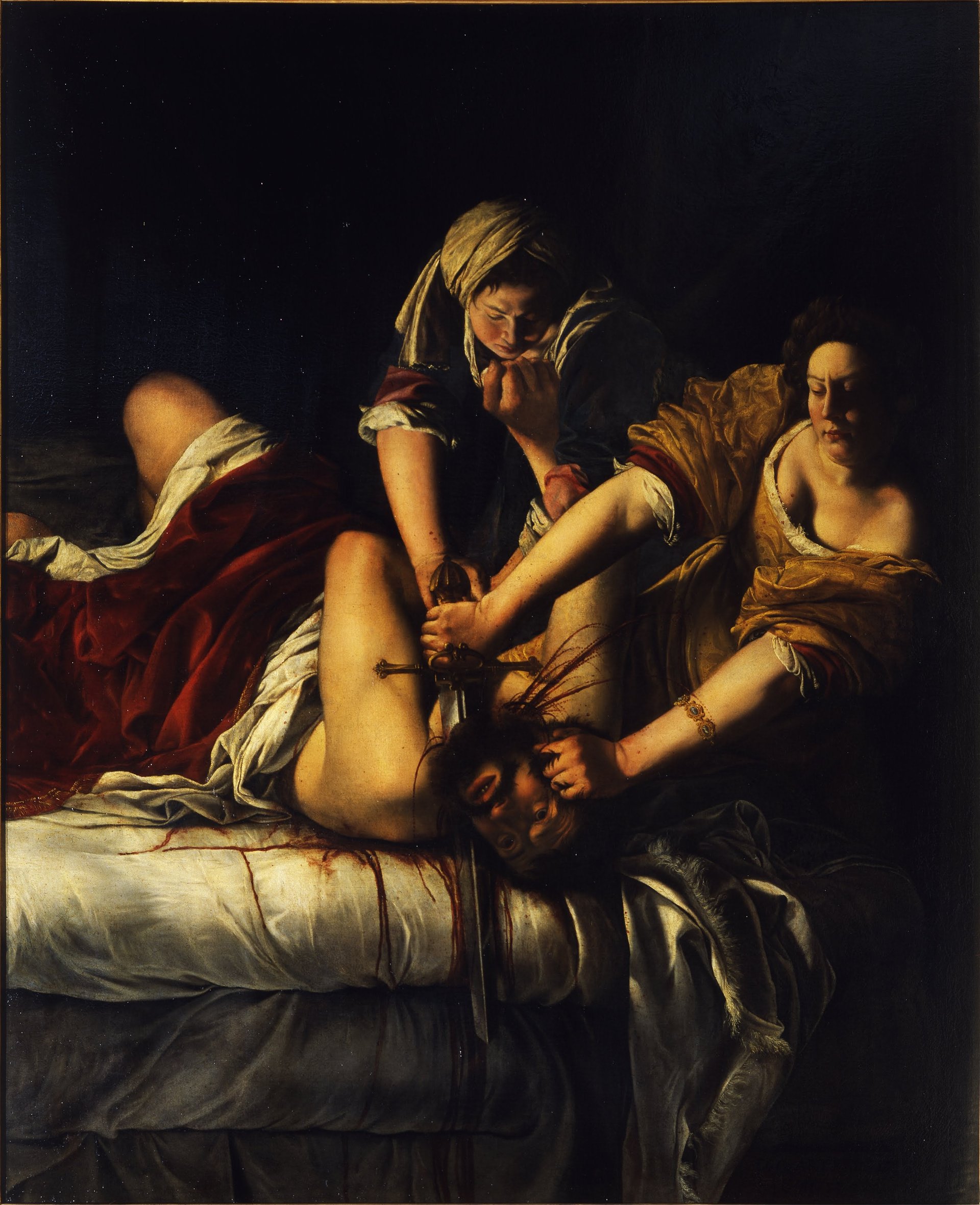400 years later, #MeToo is giving a 17th century artist her due
This week, a painting by the 17th-century Baroque artist Artemisia Gentileschi closed for €1.8 million ($2.1 million) at the Dorotheum auction house in Vienna, selling for more than double its estimate of €500,000 to €700,000 ($581,000 to $813,000).


This week, a painting by the 17th-century Baroque artist Artemisia Gentileschi closed for €1.8 million ($2.1 million) at the Dorotheum auction house in Vienna, selling for more than double its estimate of €500,000 to €700,000 ($581,000 to $813,000).
Lucretia (1593-1654), pictured above, depicts the eponymous Roman heroine, poised to plunge a dagger into her chest in an act of self-sacrifice, an event that is said to have sparked a rebellion that ultimately led to Rome’s political transformation in the 6th-century.

The work is characteristic of the Italian painter, who was known for her rather violent but powerful depictions of embattled women who had been ill-treated by men. Lucretia was a victim of rape, as was the painter herself. Indeed, Tanya Klowden wrote for Quartzy earlier this month, “if you have heard of Artemisia Gentileschi, you will likely know her as ‘the Italian painter who was raped.'”
In recent weeks, many more people have come to know the harrowing story of the 17-year-old Gentileschi publicly accusing her rapist in a seven-month trial in 1612. An artist named Agostino Tassi, who had been teaching the teenager, he was found guilty and sentenced to an exile that he reportedly didn’t comply with. Meanwhile Gentileschi, compromised by her loss of virginity, was married to a notary’s brother.
The story has resonated deeply in today’s #MeToo landscape, which has seen thousands of women come forward to share their stories of assault at the hands of men. In particular, Gentileschi’s story was shared widely during and after the US Supreme Court confirmation hearings for Brett Kavanaugh, during which a woman testified on national television that he tried to rape her when they were teenagers.
Gentileschi went on to become a renowned master of the Italian Baroque, and her painting of Judith decapitating Holofernes is easy to see as a kind of revenge fantasy. Some have even suggested it may actually depict Gentileschi herself as Judith and Tassi as Holofernes.

The oil painting Lucretia has been in an “aristocratic collection” since the 19th century, but now was a good time to sell it, when Gentileschi has become known far beyond the world of classical art, and her images have been shared widely across the internet.
Of course, it would be a mistake to think of Gentileschi’s growing value in the art market as simply the result of #MeToo. Her work has begun to make waves in the art market, and this is only the latest in several significant sales of her work. Beyond the feminist subject matter, art buyers and museums praise the prodigious skill of her work. She has also been hailed for her accomplished use of color, and—as one of the few prominent female painters of the era—her accurate depiction of the female form.
But it does seem to be good news that the art world is gravitating toward the difficult but necessary subject of female suffering, rather than turning away in distaste. And it’s high time for Gentileschi to take her well-deserved place alongside the great masters of her era.